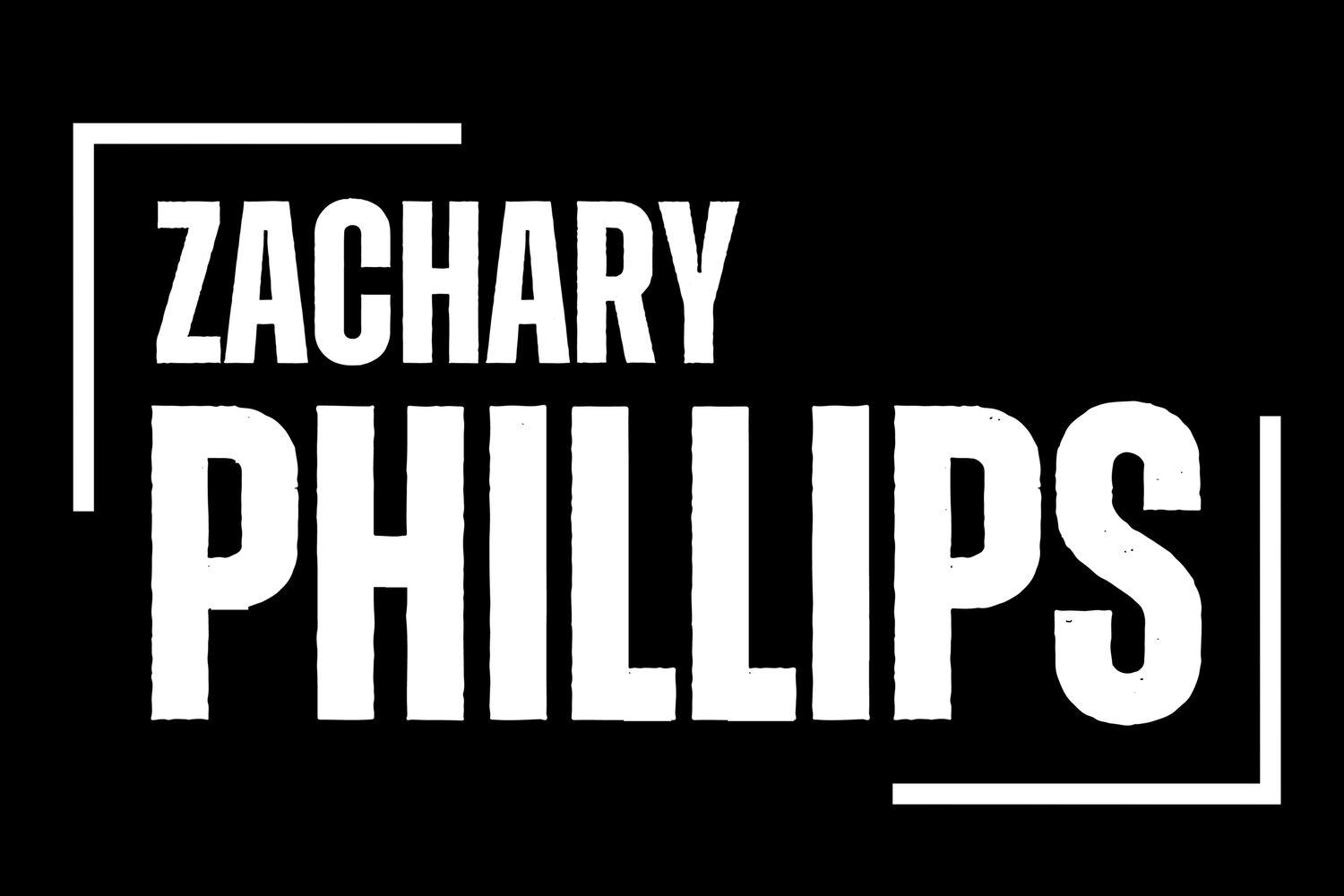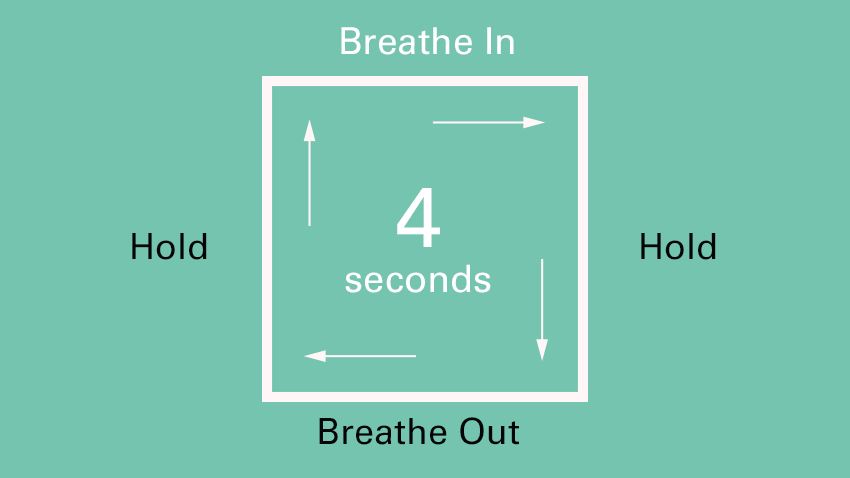Just Take A Breath - The Cliché Advice That Actually Works
/
Ten Relaxation Breaths
- Ch: 1.2 of How To Get Your Sh!t Together -
“Conscious breathing heightens awareness and deepens relaxation” – Dan Brule
When I first heard of taking ‘Ten Relaxation Breaths’, I immediately disregarded the entire notion as folly. It seemed too simple to be effective. To cliché to be a legitimate counter to anxiety.
I couldn’t have been more wrong.
Slow breathing is one of the quickest and accessible methods available to reduce anxiety.
It took the birth of my son to convince me of its benefits. To help with the birthing process, my wife turned to the practice of ‘CalmBirth’. This is basically a combination of education and breathing exercises designed to best prepare the expecting mother for labor.
Each night we listened to a guided meditation that got us to do many repetitions of slow deep breaths. Not only did the practice make the birthing process a (relatively) calm and joyful experience, but the benefits in our day to day anxiety levels were mind blowing.
The goal this chapter is to convince you to try the technique and to feel for yourself the amazing impact upon your anxiety levels.
—
TAKE ACTION
Take one slow and deep breath, in through the nose and out through the mouth.
Attempt to get the air deep into your stomach. Hold it there for a few seconds and slowly let it out through your mouth.
How did that feel?
—
Notice how your posture was forced to change in order to take the deep breath?
It is impossible breathe deeply with a slouched, tense, ‘anxious or depressed’ posture. This physiological change of posture will send a signal to your brain and your mood will begin to change.
The mind and body are interconnected. If you are feeling mental stress, tension and pressure, your body will soon follow. Similarly, if you are sick, unfit, have a poor diet or are under physical duress, your mental state will soon suffer.
When we perceive a threat, real or imagined, the sympathetic nervous system is activated and hormones are released. This is basically the ‘flight or fight’ response. Our lungs expand to take in more oxygen, our pupils dilate to take in more light, and our heart rate increases. Organs and glands produce and release hormones and chemicals and our digestion stops. Energy is diverted towards the larger muscle groups in preparation for action.
This response is natural and necessary; it keeps us alive. You will have felt the sympathetic nervous system in action if you have ever been in a fight, a car crash, a heated argument, an intense competition, or spoken in front of a large crowd.
Do you remember how long it took for you to feel normal again afterwards?
When the ‘threat’ has passed, and you are now safe, your parasympathetic nervous system will begin the slow process of returning your body back to normal.
So what does all this have to do with anxiety and breathing? Remember that anxiety is the perception of a continuous, low level threat.
It causes the sympathetic nervous system to be constantly on, and subsequently the calming impact of the parasympathetic nervous system is not fully activated. The body is in a constant state of partial readiness. This translates into feelings of anxiety and stress.
This is where the breathing comes in. If you are breathing slowly, your brain will interpret that there is no danger. How could there be? If there was a danger present, you wouldn’t be breathing slowly!
If you change the body, the mind will follow.
—
TAKE ACTION
Using the same method as before, take 10 slow and deep breaths. Don’t worry about ‘how long’ each breath should be, just attempt to breathe deeper and slower than usual.
In through the nose and deep into the stomach. Hold it there for a few seconds and slowly let it out through your mouth.
Gently repeat this cycle 10 times.
If you are struggling with the timing of your breaths, or the focus on the breath is making you feel nervous, try watching the ‘Slow Breath Animation’.
—
By taking long and slow breaths you are calming the body down, your heart rate will slow, and tension will fall. This will have a cascading effect as the parasympathetic nervous system starts to work its magic.
This effect compounds. The more the body relaxes the more the mind will relax, and the more the mind relaxes the more the body will relax, and so on.
The ‘Box Breathing’ technique also works to slow down and deepen the breath. Some people prefer it to simply taking deep breaths as it provides more direction and structure.
The method is simple: Breathe in for four seconds, hold for four seconds, breathe out for four seconds, hold for fours seconds. Repeat until calm. Give it a try!
Frequently Asked Questions
Q) Should I stand or sit? Eyes open or closed?
A) It is all personal preference. Experiment and find out the way that works best for you.
I like to use this technique both as an ‘on the go’ anxiety reduction technique and as a ‘pre sleep’ relaxation technique. For anxiety reduction, I just do it in whatever situation I am in.
Most often the people around me are never aware that I am even doing it. I just take 10 slow and deep breaths while standing there. Before bed, I do it lying down with my eyes closed as I fall asleep.
Resources
Health Benefits Of Deep Breathing Collation Of Studies, Project Monkey Mind
CalmBirth
Summary
Your mind and body are interconnected. By breathing slowly and deeply, your body relaxes, thus your mind will also relax and your anxiety will reduce.
Read another chapter from How To Get Your Sh!t Together
Out now: eBook, Paperback & Audible




